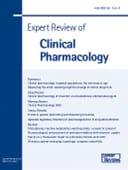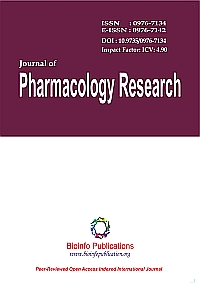
“The complexity of the endocannabinoid (eCB) system is becoming better understood and new drivers of eCB signaling are emerging. Modulation of the activities of the eCB system can be therapeutic in a number of diseases.
Research into the eCB system has been paralleled by the development of agents that interact with cannabinoid receptors. In this regard it should be remembered that herbal cannabis contains a myriad of active ingredients, and the individual cannabinoids have quite distinct biological activities requiring independent studies.
This article reviews the most important current data involving the eCB system in relation to human diseases, to reflect the present (based mainly on the most used prescription cannabinoid medicine, THC/CBD oromucosal spray) and potential future uses of cannabinoid-based therapy.
Expert commentary: From the different therapeutic possibilities, THC/CBD oromucosal spray has been in clinical use for approximately five years in numerous countries world-wide for the management of multiple sclerosis (MS)-related moderate to severe resistant spasticity.
Clinical trials have confirmed its efficacy and tolerability.
Other diseases in which different cannabinoids are currently being investigated include various pain states, Alzheimer’s disease, Parkinson’s disease, Huntington’s disease and epilepsy. The continued characterization of individual cannabinoids in different diseases remains important.”








